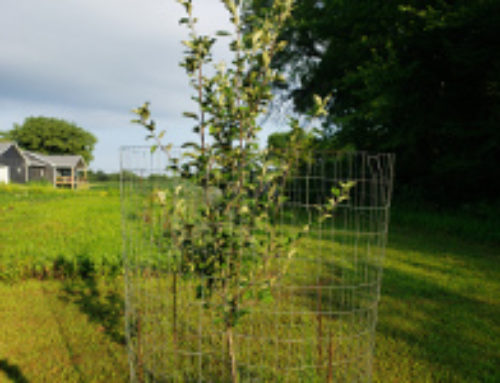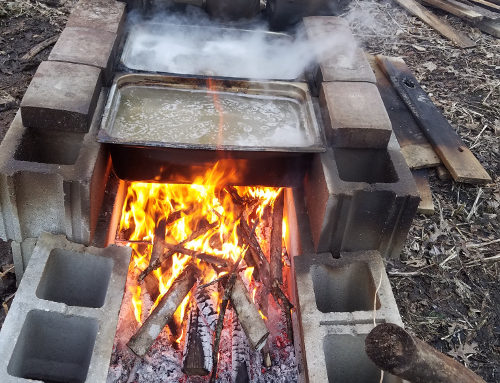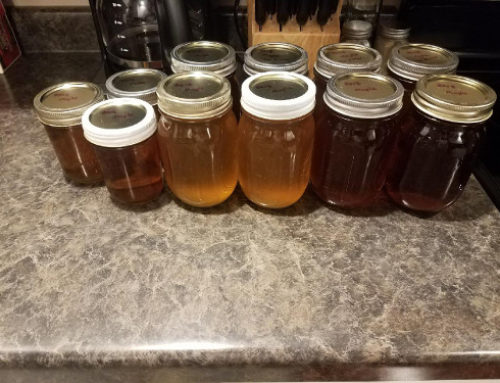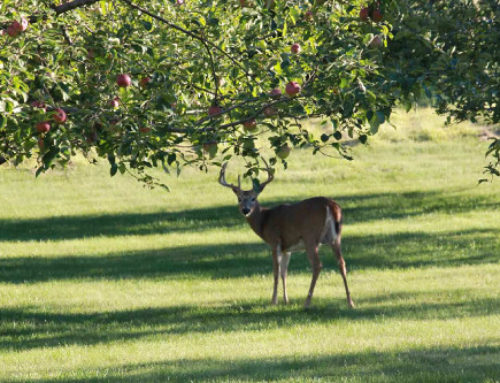Using The Bark Graft For Grafting
When grafting to large branches or the trunk of a fruit tree the Bark Graft is preferred since it’s much less stressful then other types of grafts. The key to this type of graft is no difference than any other and that is the Cambium Layer. You need to make sure the Cambium Layer of the branch is in contact with the Cambium layer of your Scion.
The Cambium is a very thin layer of tissue between the wood and the bark, which produces the Bark (phloem) on the outer-side and the Wood (Xylem) on the inner-side, in other words it’s the life of the tree. The Xylem is the water and mineral path to the leaves while the Phloem returns food and nutrients (sugar & amino acids) from the leaves to the growing parts of the tree.
Practice The Bark Graft On Your Workbench
Before going out into the yard or orchard practice grafting first on a workbench. Then you will have the knowledge, experience, and confidence in the field. See how to do the Cleft & Tongue Grafts and how to collect & save Scions. This video will step you through the Bark Graft.
Apple Orchard Example
See the Bark Graft being done in the Apple Orchard!
Bark Grafting and It’s Progress
Here we will perform a Bark Graft in the Apple Orchard and follow it’s progress throughout the season.
Progress after 3 weeks, May 10th.





